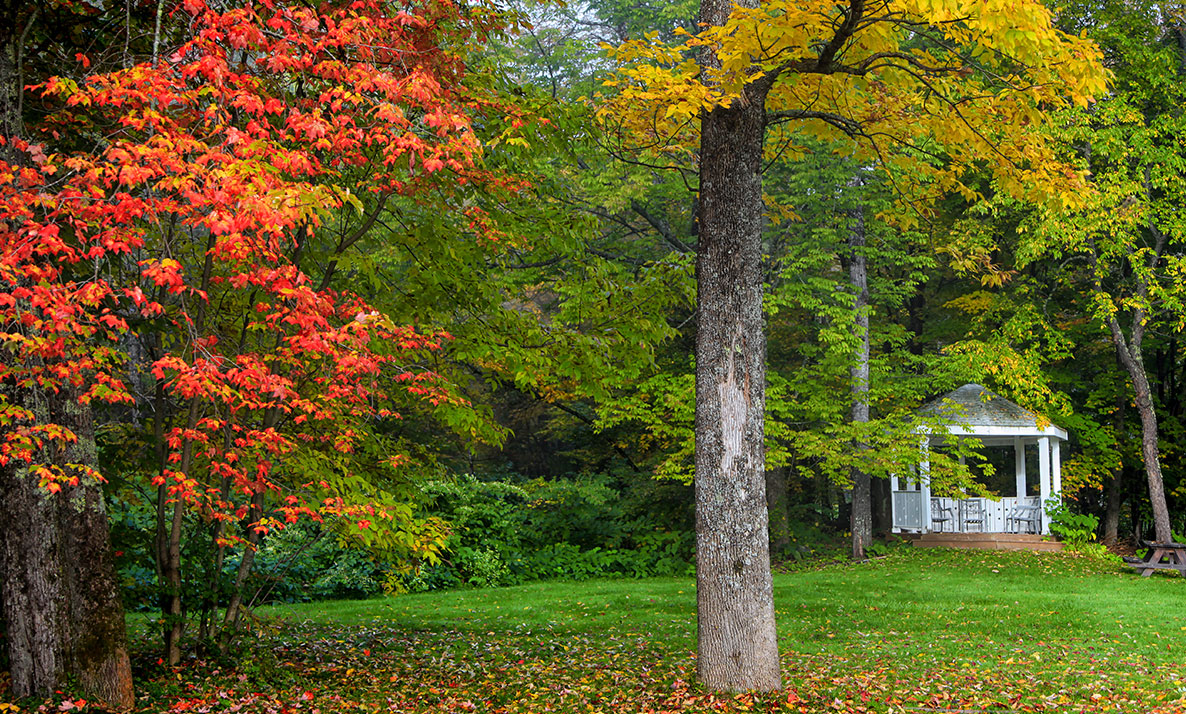With fall just around the corner, your customers will want you to overseed or renovate their turf. Increase sales this fall before winter puts a freeze on your business by learning the advantages of two services to offer during this coming seed season.
Aeration

It’s important your customers know the benefits aeration can have on their turf prior to seeding. Aeration helps break down thatch, creating a place for seed to germinate. Prior to aerating and for best results, mow your turfgrass shorter than you normally would.
Aerating once a year is ideal, typically during months when temperatures aren’t extremely hot or cold. Temperature is a crucial element to factor into consideration when aerating, as punching holes into the turf exposes the soil and seedlings to the elements.
Why You Should Aerate
Aerating allows air, water and nutrients to more easily absorb into the roots of grass. Larry Perotti, a National Turf and Ornamental Instructor for Ewing Irrigation & Landscape Supply, said aeration is important, especially before seeding.
“Aeration does work,” Perotti said. “Grass germinates as a result of nutrients being retained in the aeration holes. The nutrients then travel across the cell walls into the seed, which makes for a prime environment.”
When to Aerate
In order to avoid allowing seed to grow in a pattern consisting of sporadic large filled circles (like polka dots), it’s best to aerate a month prior to seeding. This allows the holes enough time to collapse and begin to fill in, according to Turf Products Specialist for Ewing, Dennis Kemp. Be proactive by taking advantage of the exposed holes in the ground.

"By applying soil amendments, like gypsum and AquaSmart PRO, you’re improving the soil’s structure and increasing organic content in the soil,” said Kemp. “Soil amendments help with nutrient retention.”
H20 makes the turfgrass grow
The best time to aerate is when the ground is wet—either after it rains or after an irrigation cycle.
When seeding, watering is the most critical step. Water helps soften the soil, making it easier to pull deeper and better plugs from the ground.
“If the soil is too dry and compacted, the aerator may bounce along the surface and only pull shallow plugs,” Perotti said.
Leave the Plugs Alone
No matter how tempting it may be, there’s no need to pick up the plugs after aerating. Let your lawnmower break them up for you—like a blender to fruit. Leaving the plugs on the turf allows them to naturally decompose, which adds organic matter into the soil.
Dethatching and the Importance of Vertical Seams

Verticutting (or lawn dethatching) is ideal during the fall and spring months. A lawn dethatcher creates vertical seams in the grass, which are important because they create a place where seed can fall into and grow successfully. Vertical seams allow for seed to soil contact, which is one of the most important parts of germination.
In addition to seedbed preparation, vertical seams help with thatch removal and increased water retention. Turf can also breathe easier and better absorb nutrients (like water) due to the vertical seams from lawn dethatching.
“Lawn dethatching allows for better germination rates for the seed you’ve invested in,” said Andy Keeton, Ewing’s National Turf Products Manager.
According to Keeton, the best results from dethatching appear when soil is most compacted.
Overseeding’s Bottom-line Benefits
From correcting damaged areas to maintaining lush, green turf during the winter months, aerating and dethatching lay the groundwork for a successful seed season. Overseeding and renovation can offer many benefits for your customers. Read this white paper on overseeding to learn more: Renovating Your Lawn for Better Health and Appearance of Your Turf.
Stop by your local Ewing store to ask a friendly, knowledgeable Ewing representative about fall seed options.




